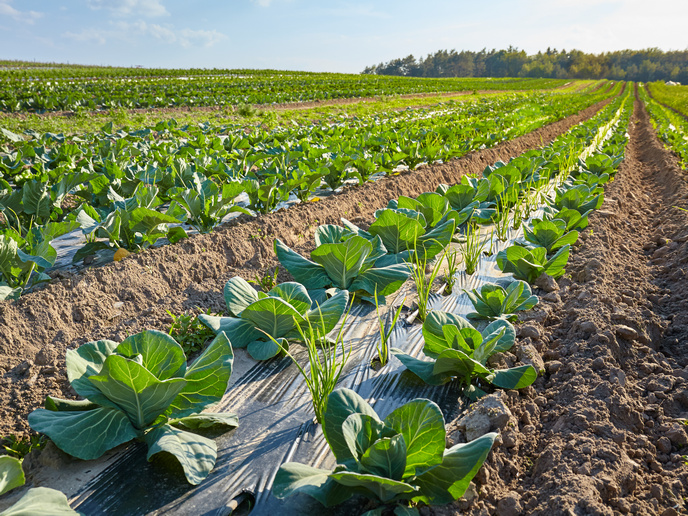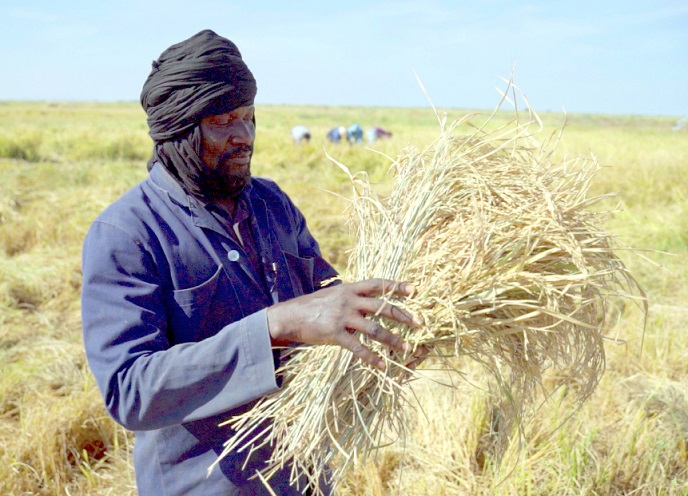Better devices to aid precision agriculture
Growing demand for more agricultural products over the last century has forced farmers to adopt resource-intensive and unsustainable practices that increase economic and environmental costs. Precision agriculture has met this demand by changing spatial and temporal needs of soil and crop to maximise production and profitability while minimising risk. The EU-funded AGRISENSACT (A new generation of wireless sensors for integrated precise agriculture) initiative worked to establish an integrated precision agriculture system to better manage crops. The researchers based the system on the AgriProbe concept, a modular device that can be tailored for many specific agricultural applications. Partners assembled three AgriProbe prototypes at different stages of the project, in order to be validated and later tested. AGRISENSACT continued to refine and optimise the prototype’s specifications, finally choosing and producing the third prototype which they readied for field testing. AGRISENSACT then produced the Soil Sensor Module and Atmospheric Sensor Module according to the specifications the researchers established earlier in the project. The team also produced and tested a soil nitrate thin film-based sensor that turned out to be less sensitive then required for reliable measurements. The researchers replaced the sensor for a commercial pH sensor as a contingency plan. The team developed a system to transmit data to an external storage and processing system over a robust, secure and easy-to-configure wireless sensor network. AGRISENSACT developed a thermoelectric generator for field tests, but chose a solar panel instead, as the thermoelectric generator didn’t produce enough energy. The researchers developed a system that both energy-harvesting and power consumption modules could ensure the self-sustainability of the device. The team developed several AgriProbe prototypes and tested them in the lab under controlled conditions and at Matarromera vineyards, in Spain. AGRISENSACT also shared their findings widely, establishing an intellectual property rights plan for the use of results by consortium partners. These results will allow the SMEs of the consortium to gain a competitive edge in their respective markets and to expand their core businesses.







